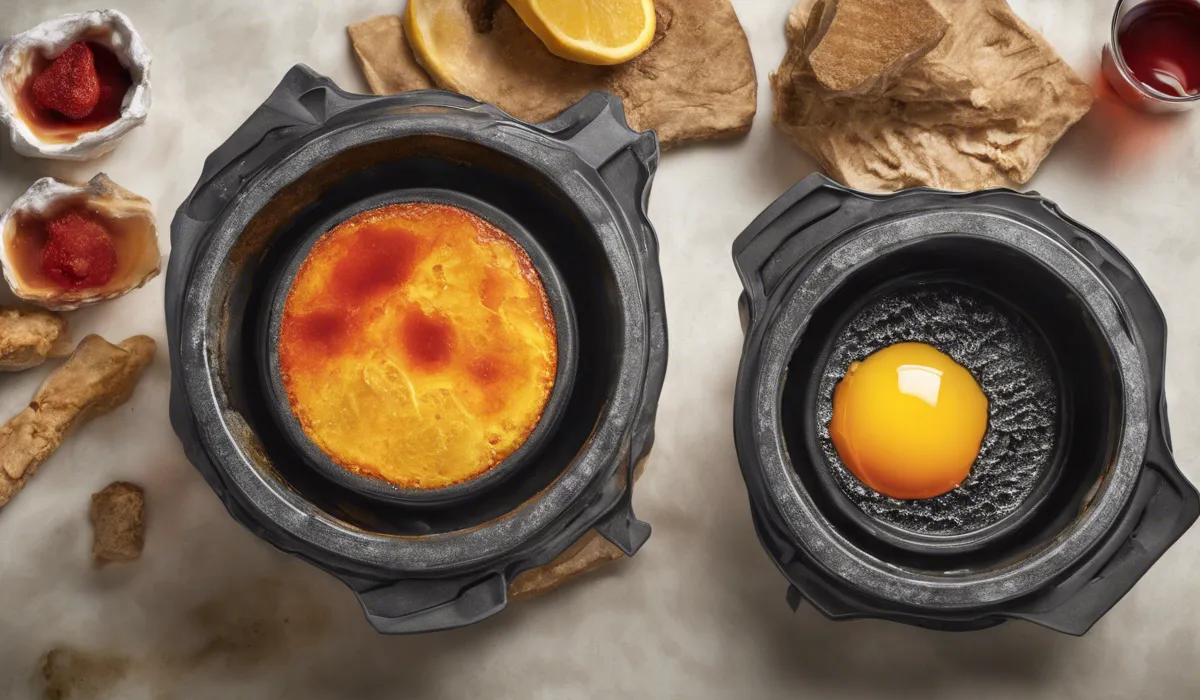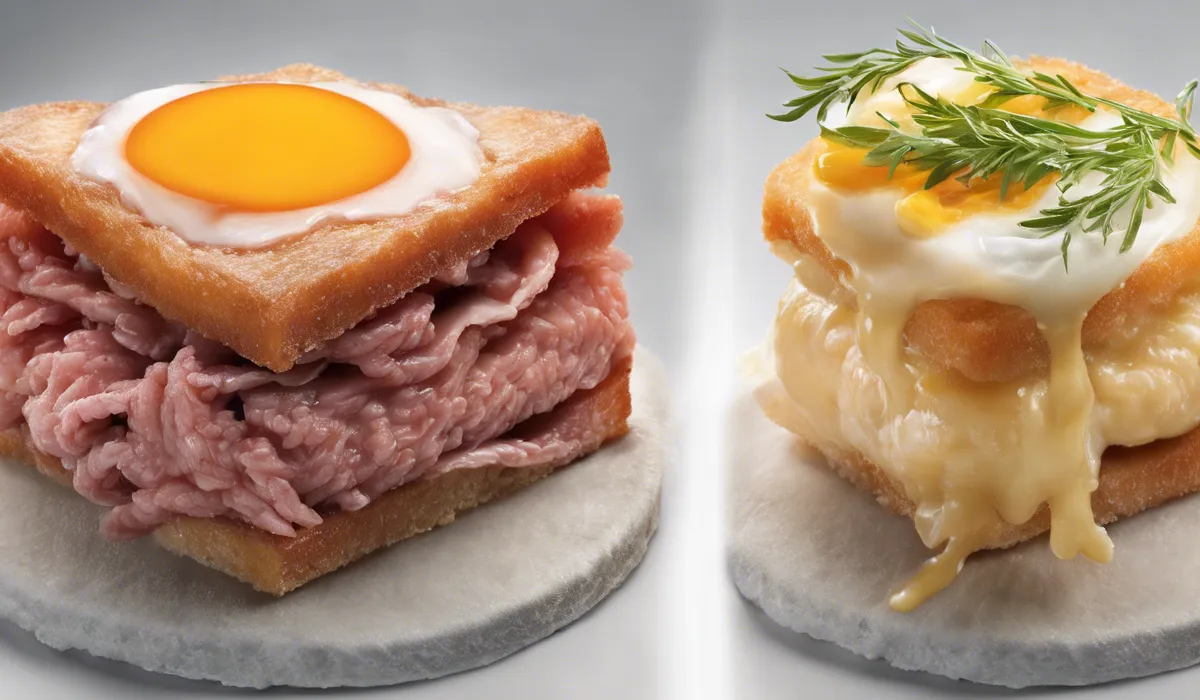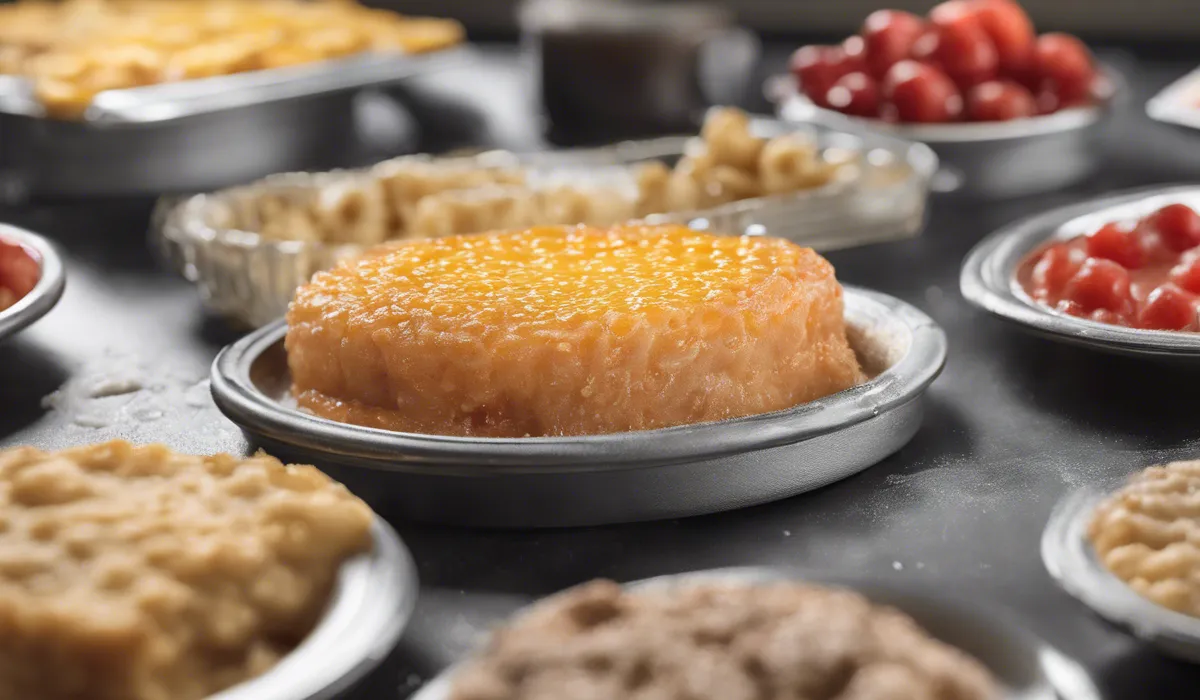Yes, heat can kill mold in food. Most molds are inactivated at temperatures above 140°F (60°C). Cooking or baking food at these temperatures can kill the mold on the surface. However, heat may not destroy all toxins produced by the mold. It’s safer to discard moldy food.
Understanding Mold and Heat Resistance

What is Mold?
Mold is a type of fungus that can grow almost anywhere there is moisture and organic material.
It reproduces by releasing tiny, lightweight spores that travel through the air. When these spores land on a suitable surface, they can start to grow into new mold colonies.
Mold plays an important role in nature by breaking down dead organic matter, but it can be a problem when it grows on food.
Common Molds in Food
Several types of molds can be found in food, with some being more common than others. For example, Penicillium, Aspergillus, and Cladosporium are often found in various foods, including cheese, bread, and fruit.
Each type of mold has its preferred conditions and can affect the taste, smell, and safety of food.
Mold Survival Mechanisms
Mold has evolved various survival mechanisms that help it thrive in different environments.
These include the ability to go dormant in adverse conditions, to produce toxins to deter competition, and to rapidly adapt to changes in their environment.
Growth and Temperature Ranges of Mold
Most molds grow best at temperatures between 77°F and 86°F (25°C and 30°C), but they can still grow at lower temperatures, such as in a refrigerator, and can survive in freezing temperatures.
Some molds can even grow at high temperatures, but their growth is usually limited above 100°F (38°C).
Heat Resistance in Molds
While molds can be heat resistant, most are inactivated at temperatures above 140°F (60°C). Some molds produce heat-resistant spores, though, which can survive higher temperatures, making complete eradication through heat alone a challenge.
Effectiveness of Heat Treatment on Mold in Food

How Heat Kills Mold
Heat kills mold by denaturing its proteins and destroying its cellular structure. When you cook or bake food, you raise the temperature to a level that molds cannot withstand, which effectively kills them on the surface of the food.
Pasteurization and Sterilization
Pasteurization and sterilization are two processes that use heat to kill microorganisms in food. Pasteurization involves heating food to a specific temperature for a set period to kill most bacteria and molds.
Sterilization goes a step further, using higher temperatures to kill all forms of microbial life, including mold spores.
Optimal Temperatures for Killing Mold
For most foods, heating them to at least 140°F (60°C) for a few minutes should kill the mold on the surface.
However, the optimal temperature can vary depending on the type of food and the mold present. It is essential to ensure that the food is heated evenly to avoid leaving any mold alive.
Limitations of Heat Treatment
Although heat treatment is effective at killing mold, it has its limitations. Heat may not destroy all the toxins that some molds produce.
These toxins can remain in the food even after the mold itself is dead, which can be harmful if consumed.
Reaching the Core Temperature
It is vital to reach the core temperature of the food to ensure all the mold is killed. This means the very center of the food must reach the optimal temperature, not just the surface or edges.
Using a food thermometer can help ensure the food is heated evenly and thoroughly.
Best Practices for Preventing Mold Growth in Food

Proper Storage for Food
Keeping food at the right temperature is crucial for preventing mold growth. Refrigeration can slow down mold growth, and freezing can halt it altogether.
It’s important to store food at or below 40°F (4°C) and to freeze items you won’t use right away.
Moisture Control
Mold needs moisture to grow, so keeping food dry can help prevent mold. Use airtight containers to protect food from humidity and store items in a cool, dry place.
Also, be sure to dry any fresh produce before storing it.
Reheating Guidelines
To prevent mold growth, it is important to reheat food to the right temperature. For most leftovers, heating them to at least 165°F (74°C) will help ensure that any potential mold or bacteria are killed.
Always use a food thermometer to check the internal temperature.
Alternatives to Heat Treatment
Apart from heat treatment, there are other ways to prevent mold from growing on food. These include using preservatives, reducing the pH of the food with vinegar or lemon juice, and using antimicrobial packaging.
Handling Mold-Contaminated Food
If you spot mold on food, it’s best to discard it, especially if it is soft food like bread, cheese, or leftovers.
For hard foods like carrots or hard cheeses, you can cut away the moldy part, ensuring to remove at least an inch around and below the mold. Always inspect food carefully for signs of mold before eating.
FAQs About Heat Killing Mold in Food
Can heat effectively kill mold in food?
Yes, heat can effectively kill mold in food, as most molds are inactivated at temperatures above 140°F (60°C).
What temperature kills mold on food?
Mold on food is generally killed at temperatures above 140°F (60°C).
Does cooking or baking food kill all types of mold?
Cooking or baking can kill the mold on the surface of food, but it may not destroy all mold types or their toxins.
Can heating food destroy the toxins produced by mold?
Heating food may kill the mold, but it does not necessarily destroy all the toxins that some molds produce.
Is it safe to eat moldy food after heating it?
It’s safer to discard moldy food because while heat can kill the mold, it may not eliminate all mold toxins.
Final Thoughts
Heat can effectively inactivate mold in food when temperatures exceed 140°F (60°C), typically achieved through cooking or baking.
However, it’s critical to note that while this may address mold on the surface, it does not guarantee the destruction of all mold-produced toxins.
To ensure safety, it’s recommended to dispose of moldy food rather than attempting to salvage it through heating.
